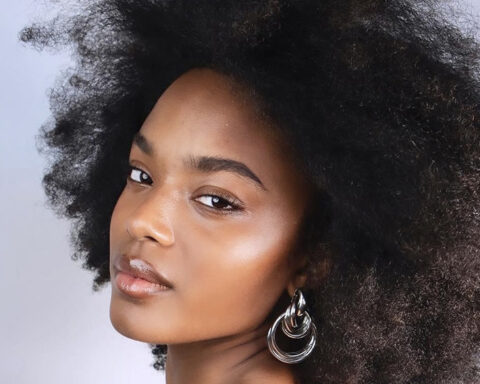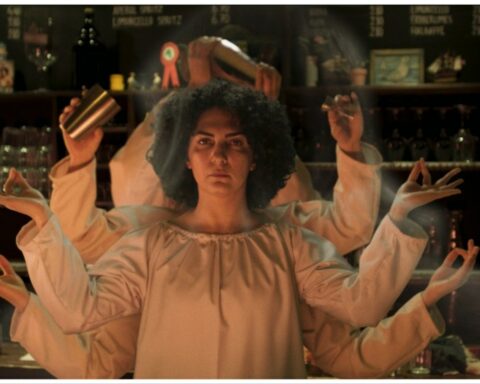Acting is physical and demanding in many ways, making vocal warmups an important practice for actors for a number of reasons. Whether in preparation for a demanding performance or an important audition, vocal warmups can often be the key to sounding and feeling better before stepping out onto the floor.
Specific vocal warmups for actors help avoid injuries to the voice box and vocal cords during practice and performances while also stretching and activating muscles throughout the entire body for a more relaxed, natural performance. Vocal warmups can also give performers a wider vocal range as well as doubling as a mental warmup for better concentration and confidence.
A pilot study from Louisiana State University and Agricultural and Mechanical College found the majority of participants (74.4%) reported that vocal warm-up has a positive effect on their overall voice quality.
The following is a collection of the most necessary vocal warmups for actors, although it is not a fully definitive list.
Diaphragm Breathing
Breathing, speaking, and singing from the diaphragm gives actors more volume and better breath retention.
You will want to lie on your back on a flat surface with your knees bent. Make sure your head is supported either by a pillow or some books. Place a hand on your chest and another on your stomach.

Start by breathing in slowly from your nose so the bottom of your stomach pushes out your hand as you inhale.

As you start to breath out, begin humming gently, again pushing from the bottom of your stomach.
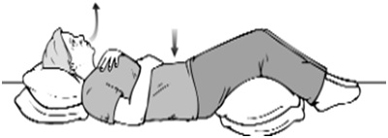
Doing so warms up and activates your diaphragm. This exercise can be timed, with the aim of increasing the time of each inhale and exhale until you start to run out of breath.
The NBC Announcer Test
Originally designed for radio broadcasters from the 1920s onwards, the NBC announcer test has become one of the most popular vocal warmups for actors too. A script is read with the reader focusing on absolute clarity, enunciation, expressiveness, tonality and diction in their speech. Repeating until satisfied, this vocal warmup draws the actor’s attention to the expressive and emotional qualities of their voice, as well as getting the mouth moving through a wide range of sounds.
Here is an example of an NBC announcer test you can work on: Penelope Cholmondely raised her azure eyes from the crabbed scenario. She meandered among the congeries of her memoirs. There was the Kinetic Algernon, a choleric artificer of icons and triptychs, who wanted to write a trilogy. For years she had stifled her risibilities with dour moods. His asthma caused him to sough like the zephyrs among the tamarack.
Tongue Twisters/Mouth Exercises
Classic tongue twister phrases such as “peter piper” and “red lorry yellow lorry” are a great help to get your mouth loose and help articulation.
For the tongue, actors can make trill sounds by placing the tongue against the roof of the mouth and making a rolling r sound, like how r sounds are produced in Spanish and Italian.
For the lips, imagine making a B sound with your mouth closed, similar to how a baby might “bumble”. In phonetics, this is called a bilabial fricative, helping with lip and breath control as well as increasing labial and facial blood flow.
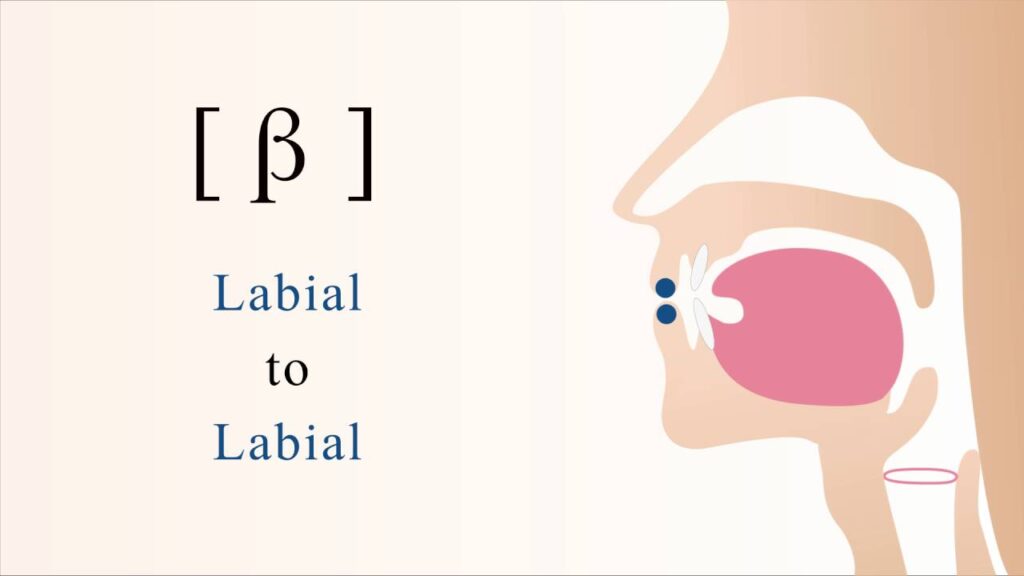
Nasals
Warming up the nasal passage can be the difference between an actor sounding like they have a blocked nose or being unable to project nasal sounds when doing so is part of their character’s speech pattern. To open the nasal cavity, try repetitively saying the word “onion”, stretching out the middle ‘n’ sound while ascending and descending through different scales.
Stretching the body
It is just as important to physically stretch the body as it is to breath and practice literal voice warmups. Stretching the body should count as a necessary part of vocal warmups for actors, starting at the neck and moving down the body. Put your chin to your chest, stretching the back of the neck. After a few seconds, tilt the head back to stretch the front.
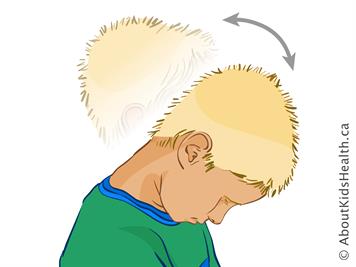
The roll your head around clockwise and anticlockwise. Actors can wrap their arms around themselves in a hug to stretch out their shoulder blades and bend at the waist with arms dangling to the ground, knees straight, to stretch the lower back and hamstrings. After stretching, jiggle and shake everything out for extra relaxation and blood flow.
Getting the Face Moving
Facial expressiveness is key in acting, and the muscles in the face also need warming up. Facial warmups count as vocal warmups since these muscles are all connected; if you cannot move your face then chances are your voice and oral muscles will be restricted too. A gentle massage of the scalp, eyebrows, temples, cheeks, jaw, and throat loosens all necessary muscles.
Theatrical Vocal Warmups
Here is a wonderful video you can watch and practice along to that shows a class of actors practicing vocal warmups with their teacher
Other Important Factors
- The Science Behind Vocal Warmups: Vocal warmups are not just traditional practices but are rooted in science. The vocal cords, also known as vocal folds, are muscles that vibrate to produce sound. Just like any other muscle in the body, they need to be warmed up before intensive use to prevent strain or injury. Warmups increase blood flow to the vocal cords, ensuring they are well-lubricated and flexible. This reduces the risk of vocal fatigue and potential damage.
- The Psychological Benefits: Beyond the physical advantages, vocal warmups also offer psychological benefits. Engaging in a routine of vocal exercises can help actors center themselves, reduce performance anxiety, and mentally prepare for the role. It creates a bridge between the actor’s normal state and their performance state, allowing for a smoother transition into character.
- Diversity in Warmup Techniques: While we mention several effective warmup techniques, there are numerous other exercises actors can incorporate. For instance, the “sirening” technique, where one imitates the sound of a siren, moving from the lowest to the highest pitch, is excellent for smooth vocal transitions. Another method is the “lip trill”, which involves blowing air through closed lips to create a brrrr-like sound while gliding up and down the vocal scale.
An additional exercise called lion/mouse, done in front of a mirror, requires an actor to open their mouth wide while looking up and spreading their face out as much as possible, like a roaring lion. Then they can do the opposite and squint their face tightly like a mouse, changing between the two.
We hope all these techniques really Hope these help!
Vocal Warmup FAQ’s
How long should an actor warm up their voice before a performance?
Ideally, actors should spend at least 15-20 minutes on vocal warmups before a performance. However, the duration can vary based on the actor’s needs and the demands of the performance.
Can vocal warmups improve an actor’s vocal range?
Yes, consistent vocal exercises can help expand an actor’s vocal range over time by strengthening the vocal muscles and increasing flexibility.
Are there any risks associated with not doing vocal warmups?
Not warming up can lead to vocal strain, fatigue, and even long-term damage to the vocal cords.
How do physical warmups complement vocal exercises?
Physical warmups, like stretching, help relax the body, improve posture, and enhance breath control, all of which contribute to better vocal production.
Is it necessary to warm up even if I’m not performing or auditioning that day?
Regular vocal exercises, even on non-performance days, help maintain vocal health and improve technique.
Can I create a custom vocal warmup routine?
Absolutely! Actors can mix and match various exercises to create a routine that best suits their needs, ensuring they address all aspects of their vocal performance.




